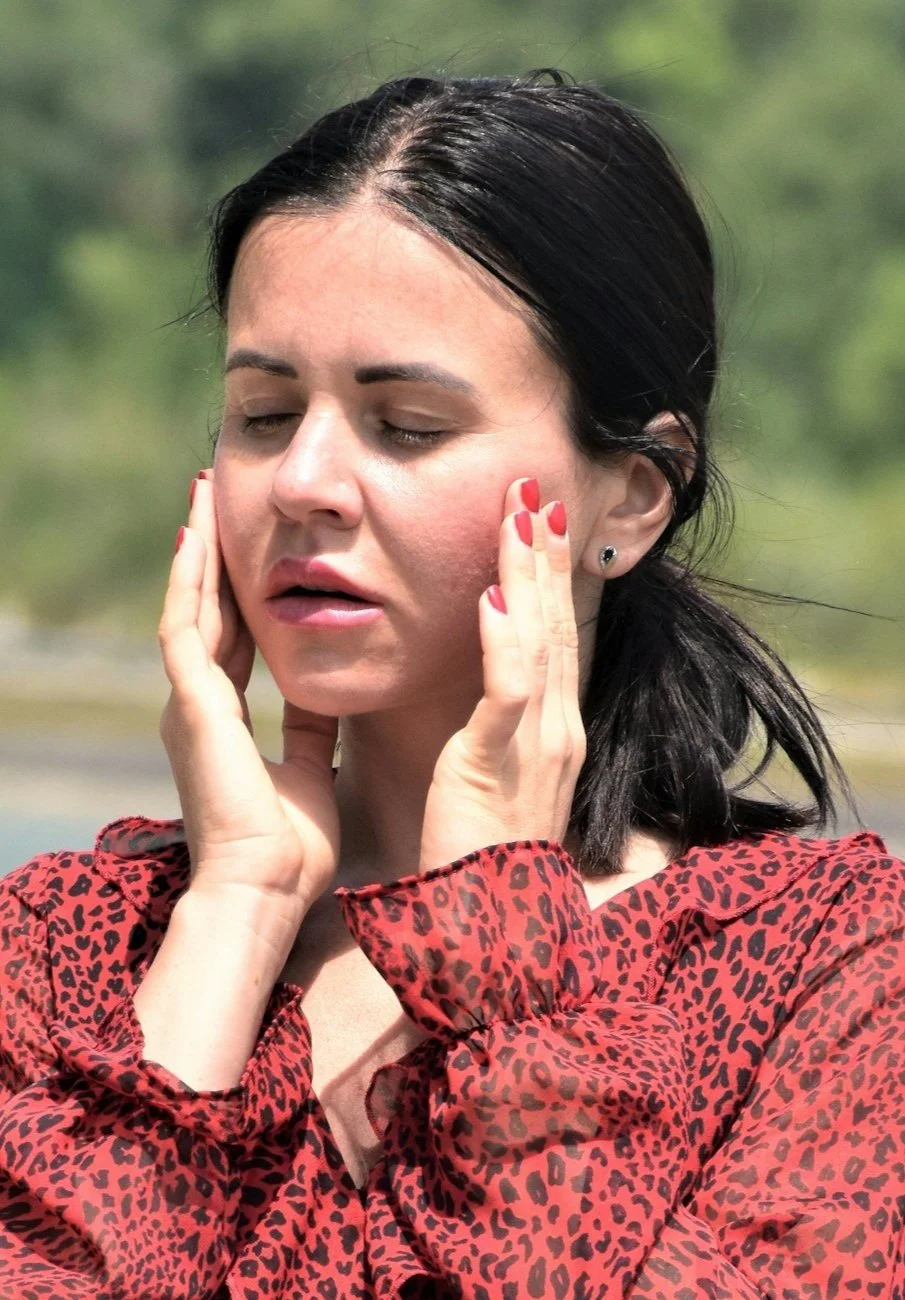Understanding TMJ Disorders: Symptoms, Causes & Treatment Options
By Dr. Mo Mommersteeg, Chiropractor
What Are TMJ Disorders?
The temporomandibular joint (TMJ) is the hinge connecting your jawbone to your skull. It’s what allows you to talk, chew, and yawn.
When this joint or the surrounding muscles aren’t functioning properly, it can cause TMJ disorders (TMD). These conditions are often misunderstood, but they can significantly affect quality of life — from pain while eating to jaw stiffness that makes speaking uncomfortable.
The exact cause of TMJ disorders is usually multifactorial, involving a mix of genetics, injury, stress, arthritis, or even daily habits like teeth grinding.
Common Symptoms of TMJ Disorders
TMJ disorders can look different from person to person, but the most common symptoms include:
Jaw pain or tenderness
Tightness or soreness upon waking
Pain in one or both jaw joints
Headaches or aching pain in the temples
Ear pain or ringing
Difficulty or discomfort while chewing
Aching facial or tooth pain
Jaw locking, catching, or difficulty opening/closing
Clicking, popping, or grating sounds when chewing or opening the mouth
What Causes TMJ Disorders?
Several factors can contribute to TMD, including:
Jaw or head injuries
Arthritis in the TMJ
Chronic stress → teeth grinding or jaw clenching
Dislocation or slipping of the cushioning disc in the joint
Genetic predispositions
Chiropractic Treatment for TMJ Disorders
Chiropractic care addresses both the jaw and spine, since the cervical spine (neck) plays an important role in jaw function.
Our chiropractors may use:
Spinal Adjustments – Improving neck mobility to ease pressure linked with TMJ dysfunction.
Jaw Adjustments & Mobilisations – Gentle techniques to restore normal joint movement.
Soft Tissue Release – Internal and external release of muscles such as the masseter and pterygoids, often combined with trigger point therapy or active release techniques.
Massage Therapy for TMJ Relief
Massage therapy can be an effective tool to reduce tension, improve blood flow, and relieve jaw-related discomfort.
Some helpful techniques include:
Jaw Muscle Massage – Gentle circular motions to release tight masseter muscles (used in chewing).
Temple Massage – Relieves tension in the temporalis muscles.
Neck & Shoulder Massage – Reduces stress-related tightness that can worsen jaw pain.
Dry Needling for TMJ Disorders
Dry needling can be particularly effective for muscle-related TMJ pain:
Trigger Point Release – Targets tight, painful points in the jaw and neck muscles.
Improved Blood Flow – Encourages healing and reduces inflammation.
Reduced Muscle Tension – Helps relax stubborn, overactive muscles.
Other Treatment Options
For some patients, additional therapies may be beneficial:
Medications – Pain relievers, anti-inflammatories, or muscle relaxants.
Physical Therapy – Exercises to strengthen jaw muscles and improve function.
Dental Appliances – Mouthguards or splints to reduce clenching and grinding.
Lifestyle Changes – Stress management, relaxation practices, and avoiding hard/chewy foods.
Injection Therapy – In some cases, Botox injections into the masseter can relax overactive muscles for 3-6 months.
Momentum Health & Chiro Approach
At Momentum Health & Chiro, our team takes a holistic approach to TMJ disorders. We don’t just treat symptoms — we look at the bigger picture: posture, stress levels, muscle tension, and spinal alignment.
Our treatment plans may include:
Massage therapy to ease jaw and neck tension
Chiropractic care for spinal and jaw alignment
Dry needling for stubborn muscle pain
Personalised exercises and education to prevent flare-ups
TMJ disorders can be frustrating, but they are highly treatable. With the right combination of care — from chiropractic and massage to stress management and lifestyle support — you can find long-term relief and restore normal jaw function.


